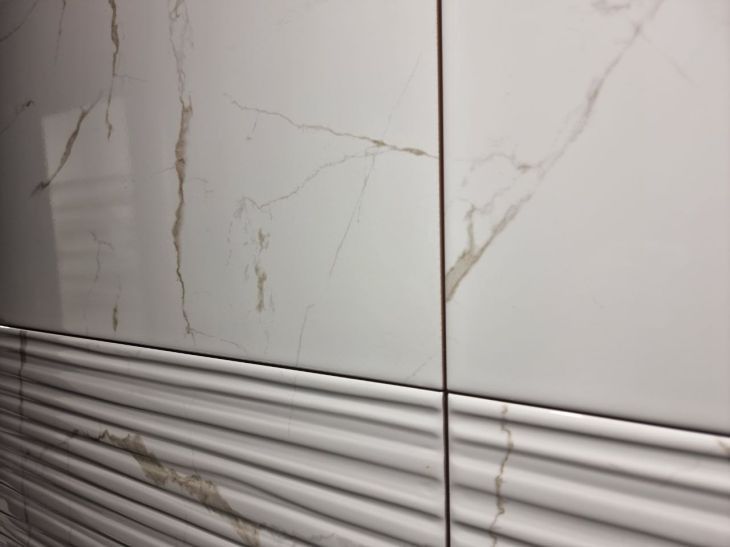In terms of home renovation, the most optimal material in most cases is called tile.
Indeed, the advantages are obvious: it is smooth, stylish and, most importantly, easy to clean.
The other side of the coin is that not every surface in an apartment is suitable for tiling.

If you try to install tiles in an inappropriate place, you will have no end of problems.
Glossy surfaces
On such countertop, wall or floor coverings, tiles will not be able to adhere properly.
Over time, it can become deformed, which leads to cracking. It can even pop out.
Wooden floor
The problem is that wood can expand or contract depending on changes in humidity and temperature conditions.
With constant adjustments like these, cracks may appear in the tile, and over time it may become deformed.
In addition, the unevenness of the wooden surface makes it much more difficult to glue the tiles.
Laminate
The problem here is that the material is made from a thin layer of plastic or wood.
This means that the laminate flooring does not have the strength needed to support the tiles.
Plus, the laminate surface is too smooth for reliable installation of tiles.
In addition, laminate has an increased risk of deformation, especially if there are problems with the base or high humidity.
In this situation, the tiles may begin to slip, crack, and eventually deteriorate.
Where is tile best suited?
It requires a flat, rough and stable surface.
When tiling a floor or wall, you should first think about creating a base, for which cement boards or underlays are recommended.
But for a wooden floor or laminate, you shouldn’t consider tiles at all – it’s better to choose vinyl or parquet boards.
